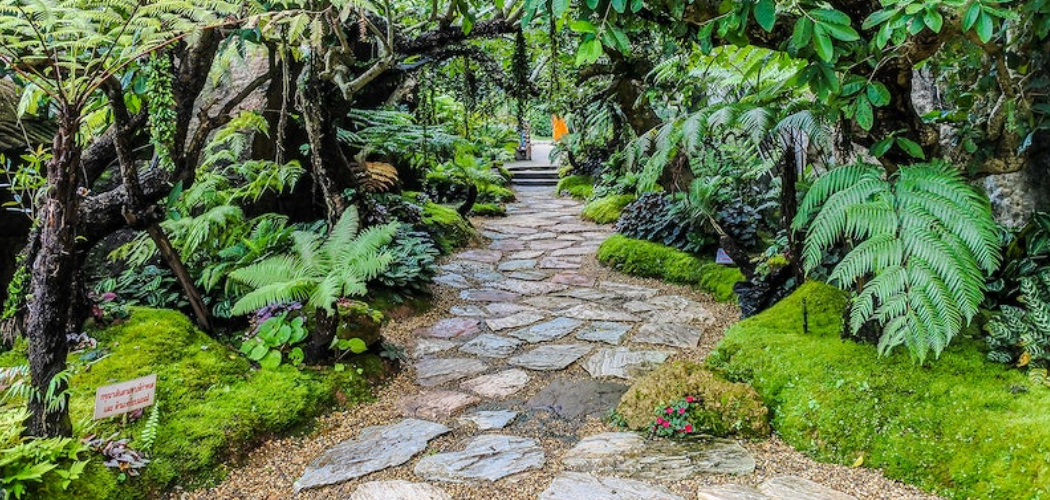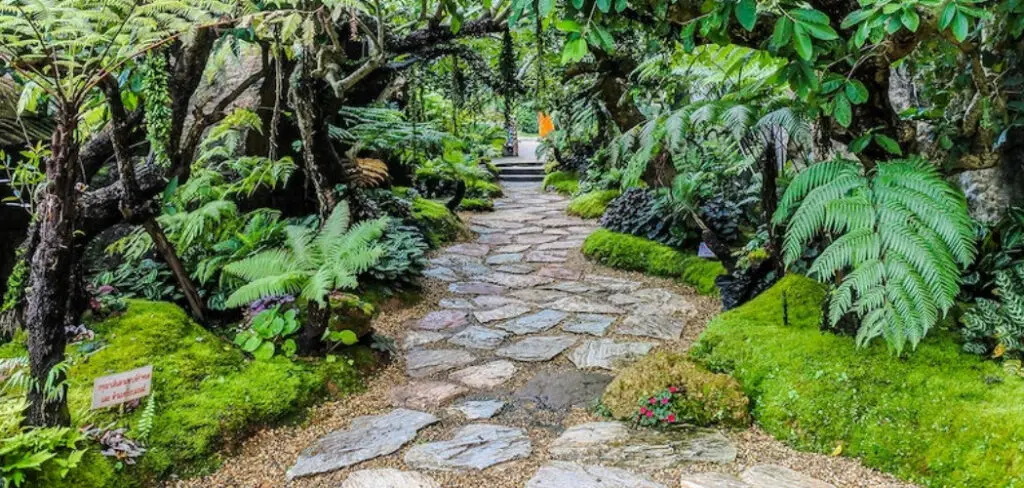
Do you dream of walking in a deep green forest, surrounded by nature? You don’t have to leave your own backyard to get that natural experience – why not learn how to start growing and nurturing a forest of your own right outside your door? The idea might sound daunting, but with the right knowledge and practice it is entirely possible.
In this blog post we will cover all the necessary steps for growing a beautiful, healthy forest in even the smallest spaces. Read on to find out how you can turn your backyard into a lush oasis!
If you’re looking for a way to improve your outdoor living space and bring nature closer to home, then why not grow a forest in your own backyard? Growing trees can have massive benefits for the environment by sequestering carbon dioxide, reducing air pollution and providing habitat for wildlife.
Plus, growing forests enhances the aesthetics of any outdoor area, making it an even more inviting place to spend time. Here we’ll walk you through all the steps about how to grow a forest in your backyard!
Why Do You Need to Grow a Forest in Your Backyard?
There are many reasons why you should consider growing a forest in your backyard. Such as:
1. To Add Some Natural Beauty
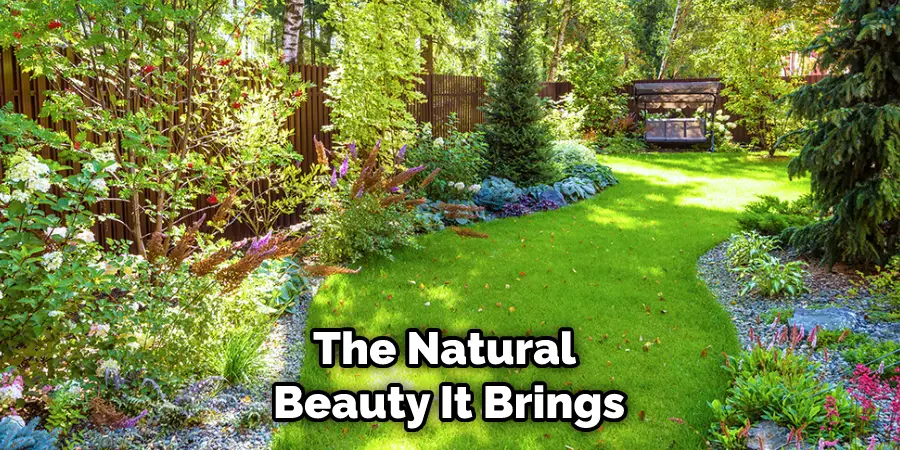
One of the most obvious reasons to add a forest to your backyard is the natural beauty it brings. A lush green canopy will provide visual appeal and a calming environment for you and your family. Also, trees will add more life to your outdoor space. They can provide food and shelter for birds, insects, and other wildlife.
2. To Improve Your Air Quality
Trees are natural air purifiers, helping to reduce pollution levels in the atmosphere. A well-maintained forest in your backyard can improve air quality and reduce your exposure to airborne particles.
3. To Increase Your Property Value
If you are considering selling your property, a forest in your backyard can increase its value. Buyers will be attracted to the natural beauty of the trees and may see it as an added bonus when deciding to purchase the property.
4. To Create a Habitat for Wildlife
Creating a forest in your backyard can also help create a habitat for wildlife. This will give local species of plants and animals more room to thrive, while giving you the opportunity to observe them up close.
Gardening is an enjoyable activity that provides many benefits, both aesthetically and practically.
Growing a forest in your backyard can be a great way to add beauty and life to your outdoor space, while also providing fresh air, enhancing property value, and creating a habitat for wildlife. With some careful planning and preparation, you can transform your backyard into a beautiful forest.
How to Grow a Forest in Your Backyard in 5 Easy Steps
Step 1: Choose the Right Tree Species
The very first step to growing a forest in your backyard is to select the right tree species. Look for trees that are native to your area, as they will be better adapted to local soils, climates, and pests. Research the growth rate of each tree species you consider planting so you can plan out how long it will take for them to reach their full size.
Step 2: Prepare the Soil
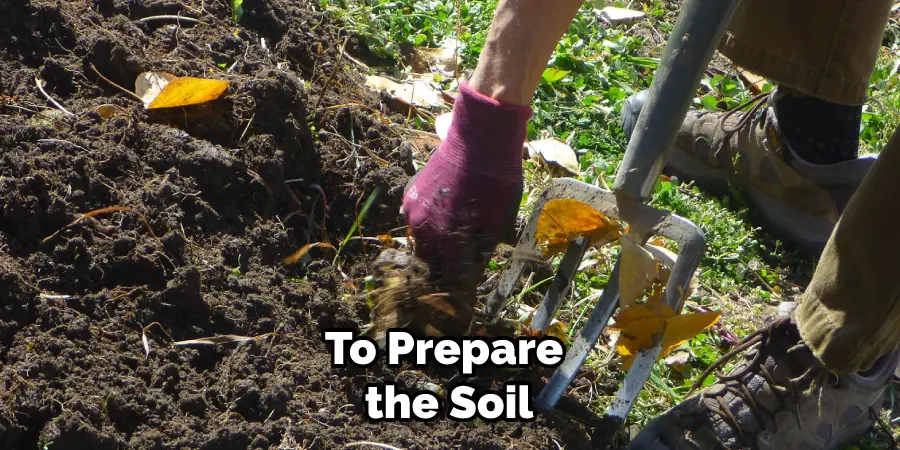
Before planting your trees, it’s important to prepare the soil. Loosen up any compacted soils with a rake and spread nutrient-rich organic matter, such as compost or peat moss. This will help ensure that your trees get off to a good start.
Step 3: Plant Trees in Groups
To create a natural forest-like environment, group together your trees when planting. This will allow them to form a canopy and provide shade for one another as they grow. Make sure to space the trees at least 8 feet apart.
Step 4: Mulch Around Your Trees
Mulch is a great way to keep the soil around your trees moist and healthy. Lay down a thick layer of mulch, at least 3 inches deep, and make sure it’s spread evenly around each tree. This will help retain moisture in the soil and discourage weed growth.
Step 5: Water Your Trees Regularly
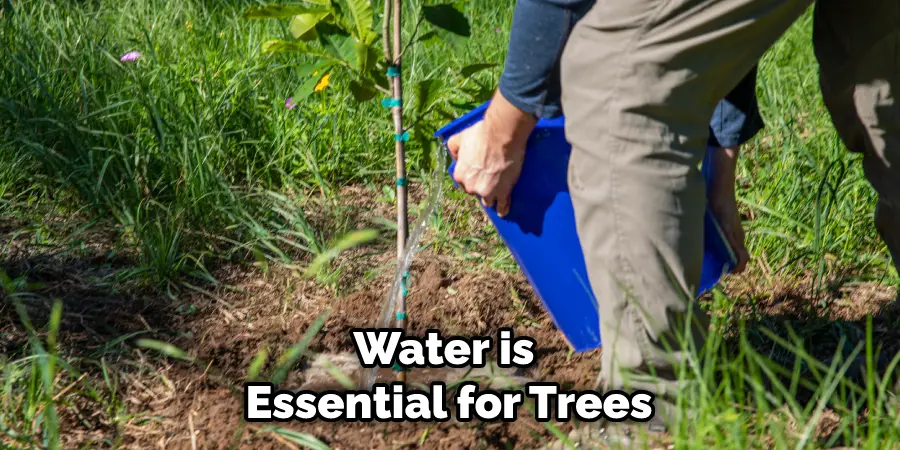
Water is essential for trees to thrive. Make sure you give your trees a deep watering once or twice a week during the growing season, and more often if you’re experiencing drought conditions. Also, make sure to check the soil and adjust your watering schedule accordingly.
Some Additional Tips to Grow a Forest in Your Backyard
1. Do Not Over Water
This is one of the most important rules when it comes to growing a forest in your backyard. Over watering will lead to drowning and rotting of the plants and trees, leading to a failed attempt at creating your own forest.
2. Choose the Right Plants
Selecting the right plants is essential to successfully grow a forest in your backyard. Different types of plants will have different growing needs and requirements, so make sure to choose ones that are suitable for the climate in your area.
3. Mulch
Mulching is a great way to help protect the roots of the plants and trees from extreme temperatures, while also helping to retain moisture in the soil. This will help the plants and trees to grow healthier and stronger, aiding in your success of creating a forest.
4. Avoid Compacted Soil
Compacted soil is not ideal for forest growth, as it restricts root growth. If the soil in your backyard is too compacted, try creating raised beds or use a de-compactor to loosen up the soil before planting any plants and trees.
5. Prune Regularly

Regular pruning is important in order to help the forest reach its full potential. Pruning helps remove dead and damaged branches, while also promoting strong growth in the remaining branches.
6. Get Creative
Creating a forest doesn’t have to be done quite literally – get creative with your ideas! There are plenty of ways to spruce up a backyard and create a unique and beautiful forest-like atmosphere without actually planting trees.
By following these tips, you will be on your way to creating your own forest in no time!
With the right knowledge and hard work, anyone can successfully grow a forest in their backyard. Good luck!
Frequently Asked Questions
What Precautions Should I Take When Growing a Forest in My Backyard?
When growing a forest, it is imperative to take the necessary precautions. It is important to research local regulations and zoning before planting trees, as there may be restrictions on the type and size of trees that can be planted.
Additionally, water sources should be taken into consideration when choosing a location to grow a forest, as the trees will need adequate water to thrive. Furthermore, it is important to monitor the surrounding environment and ensure that the new vegetation does not pose a threat to existing wildlife or plants.
Finally, remember to take safety measures when working in your backyard, such as wearing protective gear and maintaining fire prevention methods.
What Kind of Trees Should I Plant in My Backyard Forest?
When choosing trees to plant, it is important to consider the local climate and soil conditions. Some types of trees may not thrive in certain environments. Additionally, try to select a variety of species that can provide different benefits such as providing food sources for animals or creating areas of shade.
For example, evergreen trees may provide shelter and food in the winter months while deciduous trees can provide shade and beauty during the summer months. When planting, create a plan that outlines where each tree is to be planted to ensure adequate spacing between them.
Are There Any Benefits to Growing a Forest in My Backyard?
There are several benefits to growing a forest in your backyard. Trees can provide a natural habitat for wildlife and support biodiversity, as each species will offer different benefits. Additionally, forests are known to reduce air pollution by trapping dust particles and producing oxygen from their photosynthesis process.
Furthermore, planting trees in urban areas can help to minimize the urban heat island effect, or the increase in temperature caused by human activity. Finally, forests can provide a great source of relaxation and beauty for their owners.
Conclusion
Now that you know how to grow a forest in your backyard, what are you waiting for? Get started today and enjoy the benefits of fresh air, peace, and quiet, and being surrounded by nature. With a little bit of planning and effort, you can have your very own urban oasis right in your backyard.
By following these simple steps, you can create your own little forest right in your backyard! Not only will it provide you with oxygen, improve the quality of your soil, and give you a place to relax and enjoy nature, but it will also help fight climate change. So what are you waiting for? Go out and plant some trees!

